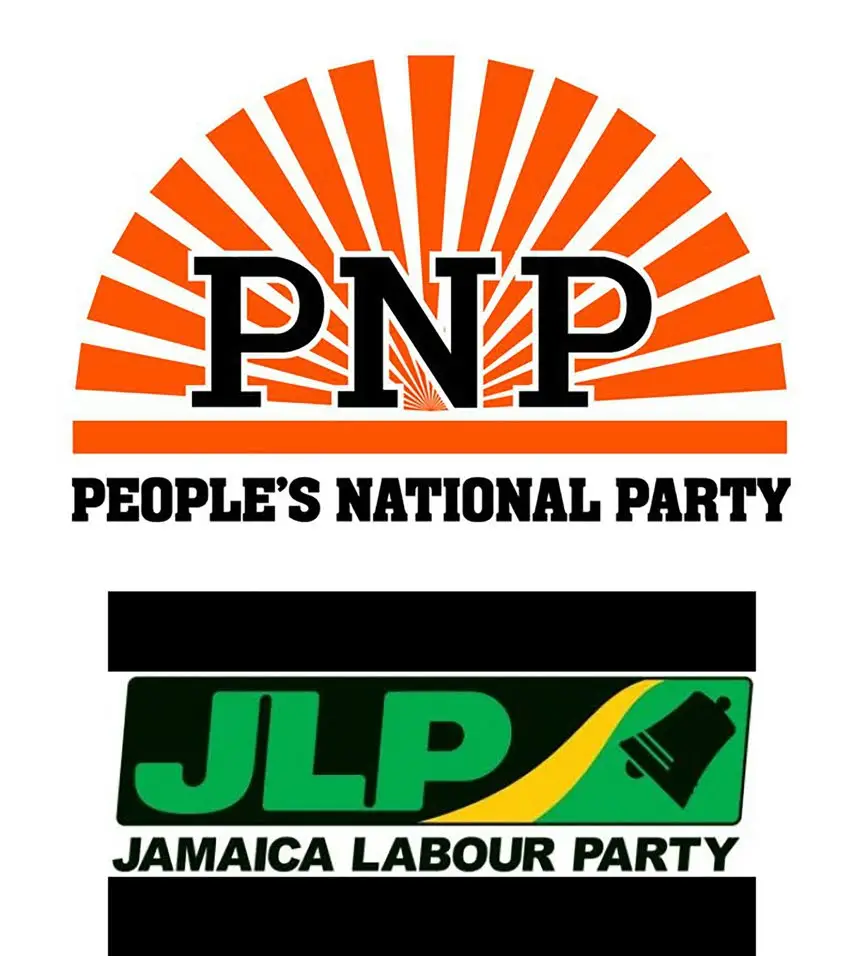
Election showdown and the future
It was a hot afternoon in Half-Way-Tree, the heart of Kingston’s daily hustle. A vendor selling patties shouted, “Election time again — same promises, different faces,” as the radio blared in the background, breaking news about an upcoming campaign rally.
His quip held weight. After decades of swinging between the Jamaica Labour Party (JLP) and People’s National Party (PNP), many Jamaicans are asking themselves: What will really change for us this time?
The 2025 General Election isn’t just a vote about party colours, it’s about deciding the nation’s trajectory. Which policies, promises, and plans will truly serve the average Jamaican struggling with rising costs, limited opportunities, and an uncertain global economy? Let’s take a deep dive into the current political landscape, dissecting the strengths, weaknesses, and proposals of both parties.
A Political Legacy: Two Titans of Jamaican Governance
For over 60 years, Jamaica’s political arena has been defined by the rivalry between the JLP and PNP. The JLP, with its pro-business orientation, has traditionally focused on fiscal discipline, private sector growth, and infrastructure development. The PNP, on the other hand, prides itself on its socialist roots, championing social justice, poverty alleviation, and welfare programmes.
But as the nation evolves, both parties find themselves at a crossroads. The electorate is younger, more sceptical, and less likely to be swayed by tribal loyalties. With a significant portion of voters under 40, the era of blind allegiance to ‘green’ or ‘orange’ is fading. The question is no longer who can win, but who can deliver meaningful change.
The State of the Nation: What’s at stake?
1) The economy: Under the JLP’s stewardship since 2016, Jamaica has seen a remarkable reduction in its debt-to-gross domestic product (GDP) ratio, falling from 147 per cent in 2013 to about 90 per cent in 2023. This fiscal discipline, supported by oversight bodies like the Economic Programme Oversight Committee (EPOC), has earned international praise. However, critics argue that this focus on macroeconomic stability has not trickled down to everyday Jamaicans, many of whom are grappling with stagnant wages and rising costs.
The PNP, in contrast, has promised to “humanise” economic growth by increasing spending on health care, education, and small-business support. But how will these promises be funded without jeopardising the hard-earned fiscal gains?
2) Crime and security: Jamaica recorded over 1,300 murders in 2024, maintaining its position as one of the most violent countries in the world per capita. The JLP’s zone of special operations (ZOSO) and state of emergency (SOE) measures have been credited with reducing crime in targeted areas but have faced backlash for alleged human rights violations.
The PNP has criticised these “Band-Aid solutions”, advocating instead for community policing, increased investment in youth programmes, and tackling systemic inequality.
3) Social programmes and inequality: The PNP has historically championed initiatives like free health care and Programme of Advancement Through Health and Education, which have provided a safety net for the poorest Jamaicans. In their 2025 manifesto, they’ve proposed expanding these programmes, targeting early childhood development and affordable housing.
The JLP, however, has focused on job creation through initiatives like the special economic zones (SEZs) and skills Jamaica, arguing that employment is the most sustainable form of poverty alleviation.
4) Education: Jamaica’s education system faces a crisis, with declining literacy rates and many students underperforming in critical areas like mathematics. The PNP has pledged to overhaul the system by increasing teacher salaries and investing in vocational training.
Meanwhile, the JLP points to their HEART/NSTA Trust programmes, which provide technical skills training, as evidence of its commitment to education reform.
Policy Proposals: Who’s Got the Better Vision?
a) The JLP’s vision
• Continue the modernisation of Jamaica’s road network, airports, and ports.
• Position Jamaica as a global hub for logistics and technology.
• Crime technology: Implement advanced surveillance and AI-based crime-fighting tools.
b) The PNP’s vision
• Introduce targeted programmes to uplift women, youth, and marginalised groups.
• Transition to renewable energy to combat climate change and reduce energy costs.
• Prioritise community relations over militarised responses to crime.
Numbers Speak: What Do the Polls Say?
A December 2024 survey by pollster Don Anderson shows that 43 per cent of Jamaicans believe the JLP has managed the economy well, but 51 per cent believe the PNP offers better solutions for tackling inequality. The undecided voters — estimated at 22 per cent — will likely determine the outcome.
What Does the Ordinary Jamaican Need?
At the heart of the election lies the fate of the average Jamaican: the farmer in St Elizabeth, the teacher in Clarendon, the vendor in downtown Kingston, etc. For them, the stakes are personal. Rising inflation, a housing crisis, and limited access to quality health care are not abstract concepts but daily struggles.
Jamaica’s election, therefore, boils down to this: Who can deliver for these people? Who can turn the patty vendor’s dream of “better days” into a reality?
Final Reflections: Jamaica’s Fork in the Road
Every problem has a solution. But will the 2025 election provide it? Jamaica stands at a crossroads with two distinct paths laid out by its political titans. The choice is not just about party loyalty, it’s about the future we envision for our children and grandchildren.
And as the patty vendor wisely noted, “Promises sweet, but mi belly still hungry.” The time has come for Jamaicans to demand not just words, but action.
janielmcewan17@gmail.com























